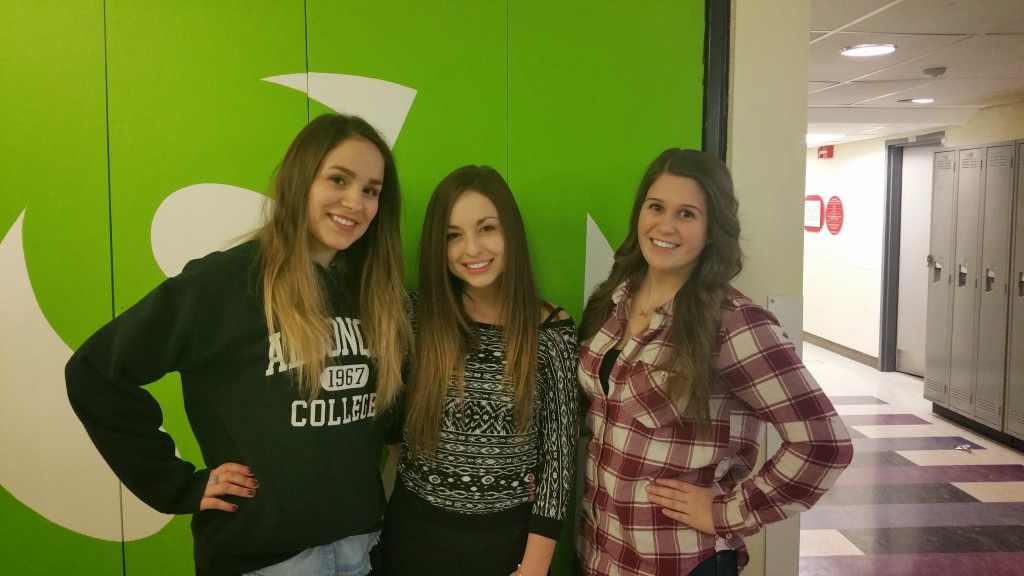
For Stephanie Le Saulnier, an advertising student, mentoring high school students form across Ottawa in the FlashForward program can prove to be mutually beneficial.
At the program’s end, Le Saulnier and the other mentors will have assumed the role as teachers for 10 weeks. “I think for a college student like myself, a benefit would be that I get to work with students and I think that helping to teach them is actually helping me grow as well,” she said. “It’s also unique for them, they get a taste of college.”
FlashForward two is the second installment of an uncommon learning experience, where Algonquin College Broadcasting and Advertising students have the opportunity to teach high school students. There is little oversight other than from Algonquin students, no homework and no tests.
Kevin Holmes, the program director, refers to FlashForward as, “part social experiment, and part community building.” The whole idea is based upon the interesting science of “near peer role models,” which has shown that people are able to work better when they are close to the person they are teaching.
“In this case the students are close in age, and in interests,” said Holmes. “So it sort of allows [the students] to learn better than if we had a video expert lecturing the high school students.”
Sarah Larstone, the account executive for Flashforward, can vouch for the benefits of near peer science. “I’m having the opportunity not only to be a student but to teach them what you know,” said Larstone. “It’s cool for [high school students] too because they are getting taught by people who are still fresh in [their] program. They are learning what us mentors are learning.”
During FlashForward one the students worked on videos that focused on issues regarding patient safety, and those videos were shown to employees in order to make their work environment safer. The mission of the program has changed, though, into covering almost any issue facing the hospital and general community.
When asked what he was most excited about this years FlashForward two, Holmes was most excited about broadening the programs reach. “We added some different schools which I think is one of the things we wanted to do to help grow the program.” Holmes was also able to add another hospital, CHEO, to fan the flames of excitement.
Holmes believes that you can’t really put a finger on what to improve from the year before, due to the fact that it is a learning experience for the Algonquin students. “You know, it’s sort of interesting because the program really was designed so that the [Algonquin] students run it.” To a certain extent, he tries to be as hands off as possible.
hands off approach from Holmes really challenge the mentors to work their hardest, especially Larstone. Being the account executive, she takes care of everything that her own mentor normally does in class. “It’s tough because we have to give them due dates and set schedules, stuff our teachers normally do,” said Larstone. “But it’s cool to be able to teach them in our own way.”
On Apr. 24 Flashforward will host an awards show in the Students Commons theatre, where they will showcase all the videos made during the program.


